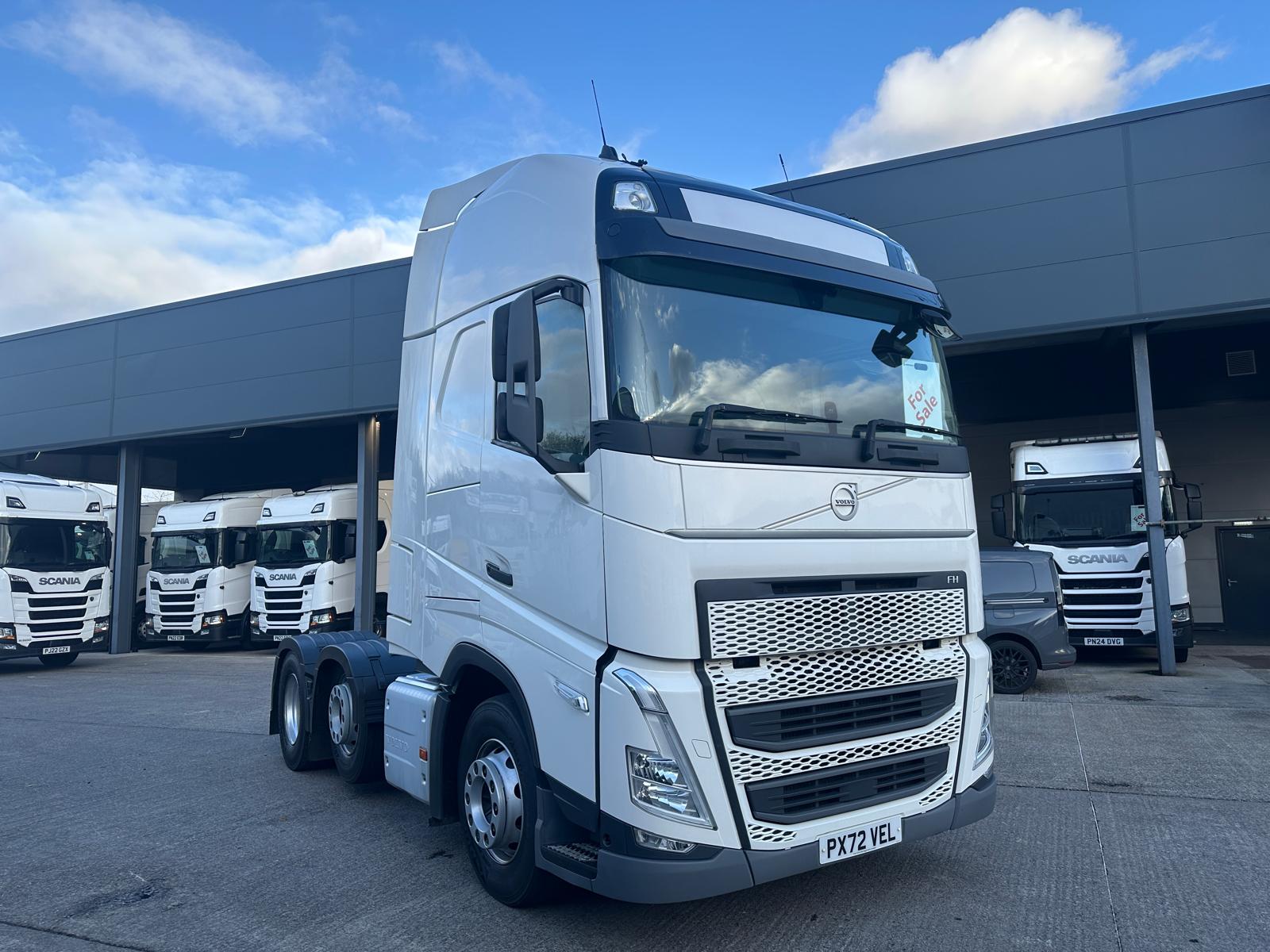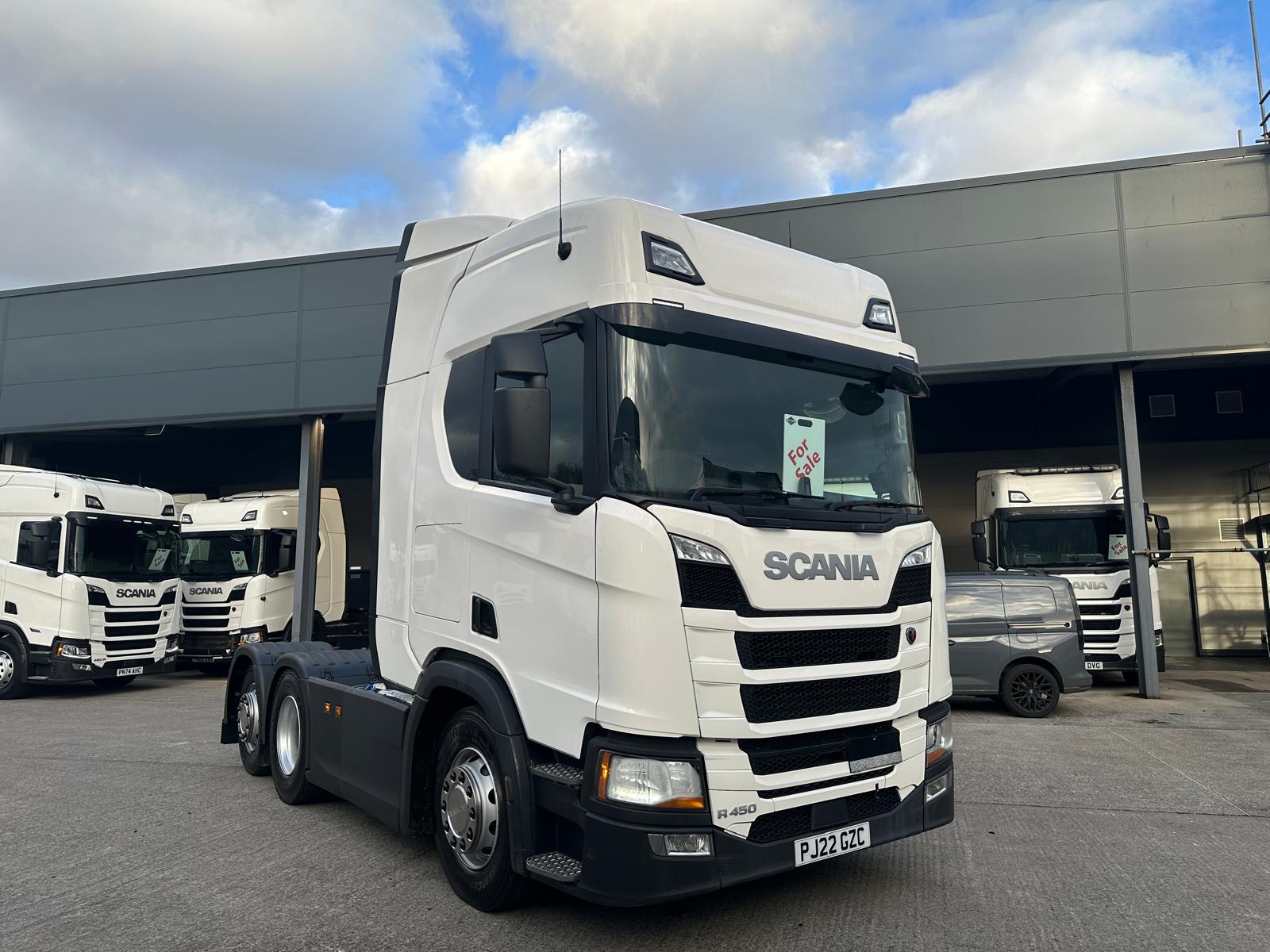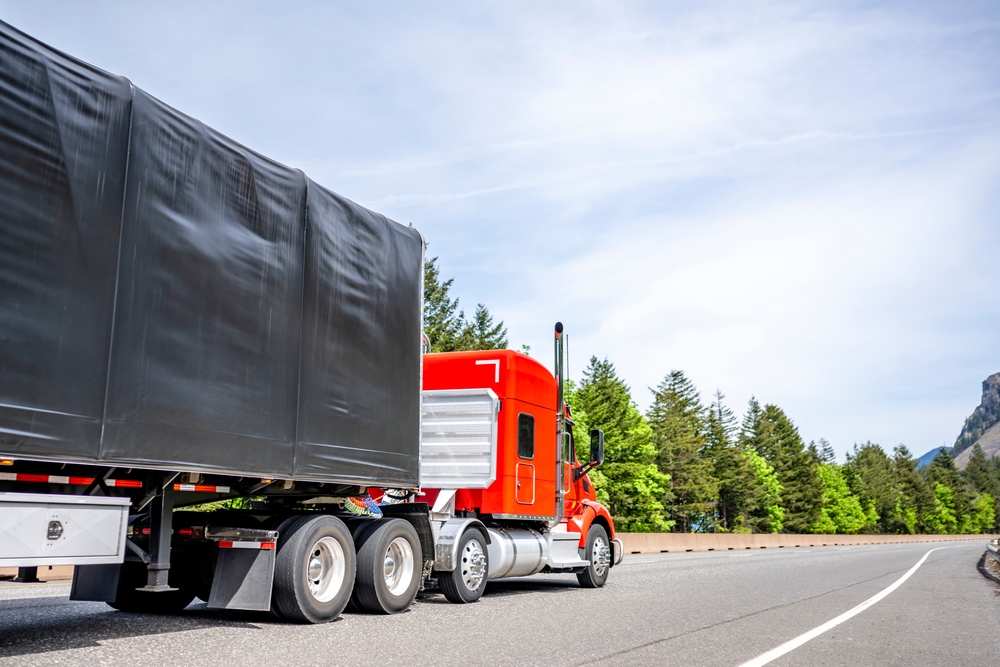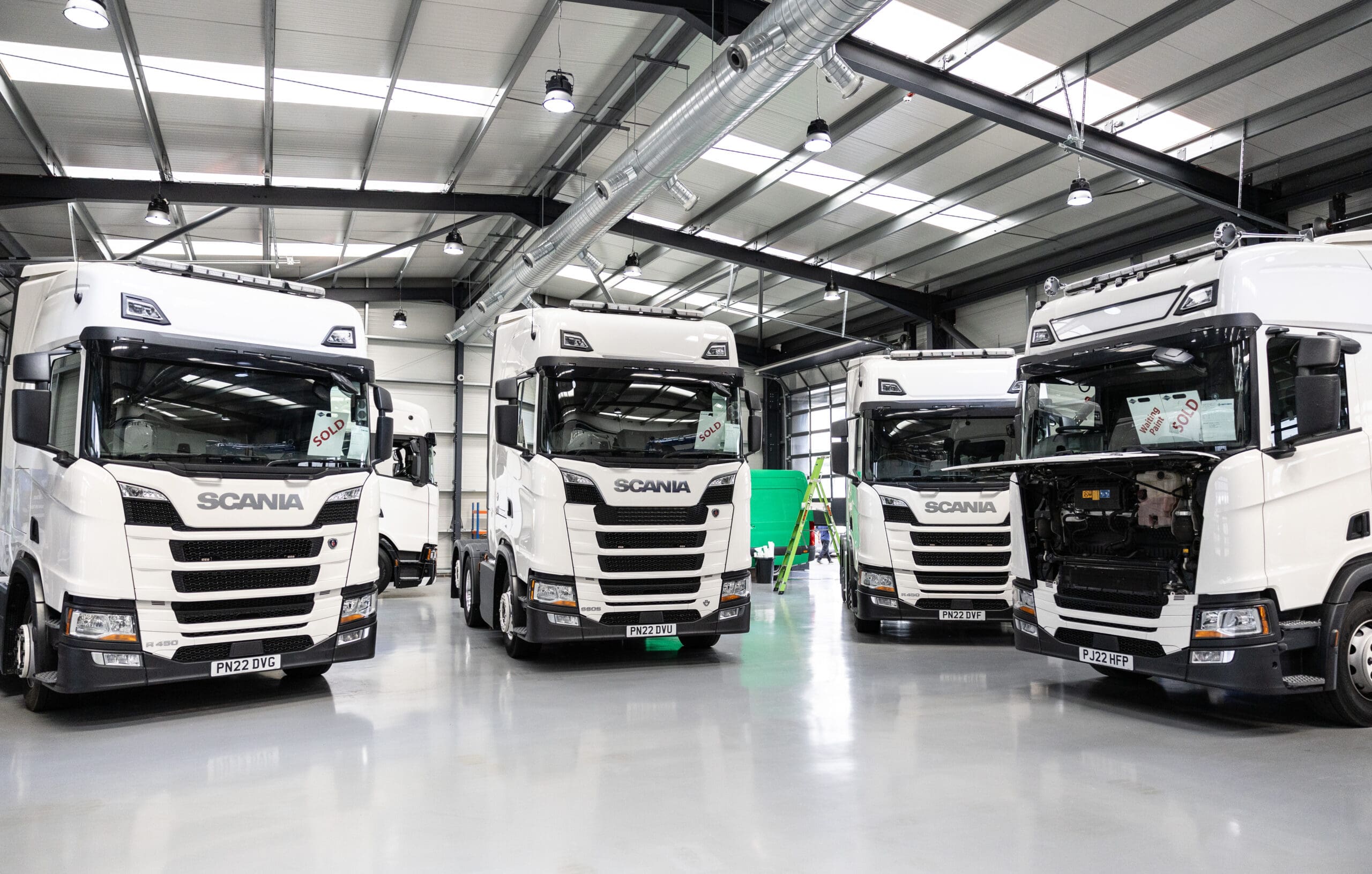The world of haulage boasts multiple types of vehicles that are purpose-built to take on specific challenges. Rigid trucks are great for inner-city deliveries, flatbed trucks are ideal for the transportation of specialist materials, and crane trucks are pretty self-explanatory. But, ‘What is an articulated lorry?’. A little more complex than other types of trucks, though you might recognise an articulated lorry, you may not be able to easily tell it apart from other trucks.
This blog will delve into exactly what an articulated lorry is, explaining its usage, dimensions and even its positives and negatives for your haulage company. Looking for trucks for sale that will elevate your operations? At Smith Bros, we have decades of experience helping companies to optimise their businesses with exceptional used trucks for all their haulage needs.
But, before you explore our range of services and tractor units for sale, let’s dissect what an articulated lorry actually is.
So, what is an articulated lorry?
An articulated lorry is the kind of large delivery truck you see on the motorway, made up of two distinct parts – the cab (or tractor unit) and the trailer. The tractor unit, where the driver sits, is the engine of the entire vehicle, with the separate trailer being towed behind it. The tractor unit and the trailer are connected by a special pivot joint that makes manoeuvring the large vehicle simpler.
What is an articulated lorry used for?
Articulated lorries are designed to carry larger and heavier loads than other trucks. This means that articulated trucks are used mainly for long-distance haulage across the country and beyond, delivering everything from fresh produce for supermarkets to building supplies to construction companies. Since the two parts of the articulated lorry are separate from one another, manoeuvring is far easier, making them a far more suitable choice for heavy loads in comparison to a rigid lorry.
Articulated lorry dimensions
The total dimensions of a tractor unit and a trailer will differ marginally from one manufacturer to the next, but there are maximum length, width and height requirements that prevent them from going over a particular limit. As of the government’s regulations on vehicle sizes, the following dimensions apply to articulated lorries:
- Maximum length for an articulated lorry: 16.5 metres (combined length of the tractor unit and semi-trailer).
- Maximum width for an articulated lorry: 2.55 metres (refrigerated trailers can be 2.6 metres wide).
- Maximum height for an articulated lorry: There is no maximum height limit for articulated trucks, but the average height is 4 metres, as road infrastructure is made for vehicles under 4.95 metres.
Maximum weight limits for articulated trucks
The maximum weight limits for articulated lorries are a little different from those for length, width and height. Abiding by the government’s Road Vehicles (Authorised Weight) Regulations (AWR), the weight limits are as follows.
- Articulated lorries with 3 axles: 26,000kg.
- Articulated lorries with 4 axles: 36,000kg (38,000kg in specific circumstances).
- Articulated lorries with 5 axles: 40,000kg.
- Articulated lorries with 6 axles: 44,000kg.
The advantages of an articulated lorry
Providing haulage companies with versatility on the road and optimum haulage power, articulated lorries are a popular choice among businesses all across Europe.
- Large load capacity: Articulated lorries can haul large loads, streamlining operations and reducing overall costs.
- Impressive fuel efficiency: Articulated lorries are designed to be as fuel efficient as possible, reducing the number of times that drivers have to stop while also saving fleet managers money.
- Versatility: Tractor units can be used to haul a large variety of trailers, making them perfectly adaptable for all kinds of jobs.
The disadvantages of an articulated lorry
For certain tasks, there is nothing more suitable than an articulated lorry. But, this isn’t to say that driving an articulated truck isn’t without its drawbacks.
- Restricted manoeuvrability: Designed for long-haul transport on wide roads, when it comes to tight manoeuvring, articulated lorries are not ideal. When taking on tight manoeuvres, jack-knifing is a genuine risk.
- Unsuitable for narrow streets: Restricted manoeuvrability and a small turning radius mean that they’re quite unsuitable for narrow inner-city streets.
- High maintenance costs: The complex coupling and hydraulic systems of articulated lorries mean that they need regular care and maintenance. In addition, they are more expensive to insure and tax than other HGV options.
What is the difference between an articulated lorry and a rigid truck?
Articulated lorries and rigid trucks are sometimes confused with one another, but there are distinct differences between the two. The key difference is the fact that articulated trucks have two distinct parts, while a rigid lorry features a cab and a trailer that are connected. As a result, articulated lorries have far better manoeuvrability and offer better options for the transportation of large loads over long distances.
Meanwhile, while the sheer size of articulated lorries makes them largely unsuitable for inner-city driving, the more compact dimensions of a rigid truck make it more suitable for delivering in narrow suburban streets. Limited in their weight capacity, manoeuvrability and fuel efficiency, rigid trucks are also more inefficient for long-haul travel, with the detachable trailer of articulated vehicles being more suitable.
What industries utilise articulated lorries?
Articulated lorries are one of the most versatile types of trucks on the market and are utilised by countless different industries and companies across the globe. Any observant driver or passenger on the motorway will, no doubt, recognise their ubiquity, being used by iconic logistics companies like Eddie Stobart as well as Britain’s biggest supermarkets.
- Logistics: Long-haul deliveries of large quantities of goods.
- Construction: The transportation of building materials.
- Supermarkets: Hauling stock from distribution centres to stores.
- Hospitality: For the delivery of food, drinks and supplies.
- Manufacturing: The transportation of raw materials using an articulated lorry or an articulated flatbed truck.
The nature of an articulated vehicle isn’t restricted to just trucks, with there being many different types of applications for this unique form of transportation. As well as trucks, articulated buses are also common across Europe, as well as articulated trams.
But if you’re on the search for articulated lorries for sale, at Smith Bros, we can certainly help. To put our vehicles to work for your business, contact us today, and our team of experts will be happy to help you optimise your fleet by finding the perfect lorry for you. No matter what you’re looking for, at Smith Bros, we can help.
Optimise your operations and secure quality second-hand trucks by contacting Smith Bros today.






